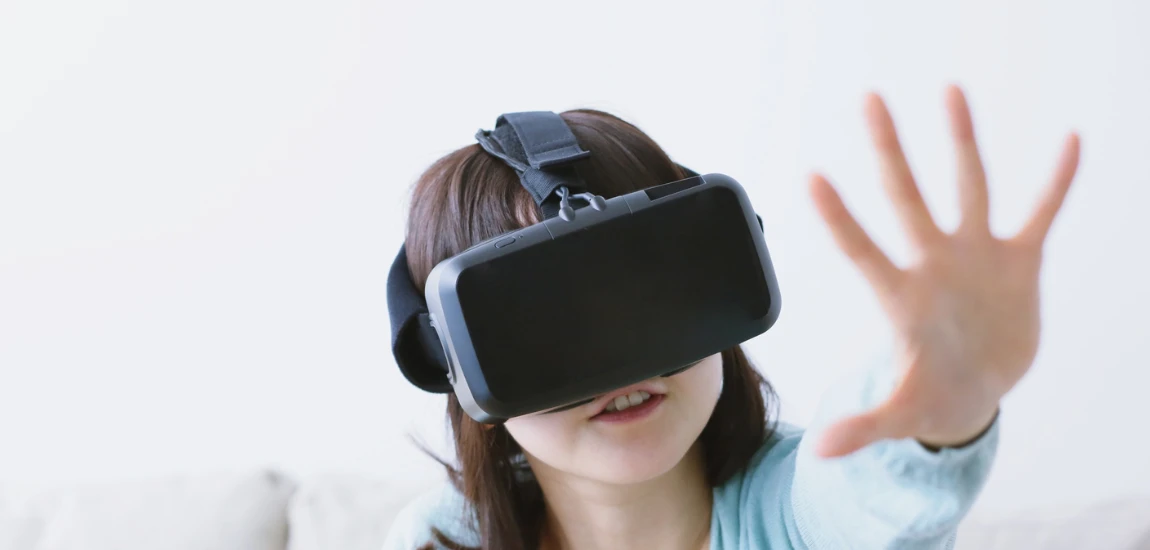Lagging Reality: When Digital Time Moves Faster Than Real Life

The modern world feels like it’s stuck in fast-forward. Every moment is breaking news, every update a microsecond event. Online, trends rise and die within days, memes expire within hours, and yesterday’s viral sensation already feels like last year’s nostalgia. The internet, in its design and function, runs on acceleration — and humans are struggling to keep up.
The illusion of constant motion
Unlike real life, the digital realm never pauses. Social media algorithms refresh endlessly, creating a sense of perpetual motion. There’s always something new to scroll through, watch, or respond to. This illusion of endless novelty makes time feel compressed, pushing us to consume more quickly while experiencing less deeply.
The economy of immediacy
Digital time isn’t just fast — it’s monetized. Platforms profit from speed because faster consumption means more engagement. Notifications, instant replies, and 24/7 updates keep users hooked, training our brains to expect immediacy. Over time, this rewires our patience and sense of rhythm, making the offline world seem unbearably slow.
The loss of temporal balance
The consequence is a disconnection between body and mind. Our brains exist in hyper-speed while our physical lives move at a human pace. This lag between the digital and the real creates anxiety, restlessness, and a persistent feeling of “being behind,” even when nothing urgent is happening. The result is what some call temporal dissonance: living in a world where digital time outpaces emotional time.
Scrolling Through Seconds: How Social Media Compresses Experience

Social media doesn’t just show us content — it dictates our perception of time. By condensing complex stories into short clips and fleeting moments, it reshapes how we process memory, attention, and meaning.
The bite-sized rhythm of attention
Platforms like TikTok, Instagram Reels, and YouTube Shorts thrive on brevity. They compress information into rapid bursts, conditioning us to crave quick rewards. In this fragmented rhythm, minutes disappear without notice. A “quick scroll” can easily stretch into an hour, yet the brain retains almost none of it. Time, online, dissolves.
Memory and the problem of the endless now
In the digital timeline, everything exists simultaneously. Yesterday’s news sits next to a meme from five years ago. This temporal flattening erases the natural order of memory — the past, present, and future blur into one continuous feed. Our sense of progression, of moving forward in life, becomes disoriented.
Emotional fatigue in the fast lane
When information arrives too quickly, emotions can’t keep up. Outrage, joy, and empathy get recycled faster than we can process them. The result is a paradoxical mix of overstimulation and numbness — an inability to feel deeply because everything demands attention all at once. Real life begins to feel dull in comparison to the constant rush of the screen.
The Physics of Digital Time: Algorithms, Speed, and the Collapse of Delay

Behind the speed of the internet lies an invisible clockwork of algorithms, servers, and optimization. Technology’s obsession with reducing lag and latency has reshaped not only the digital world but our very perception of time itself.
The culture of zero delay
In tech design, “lag” is a problem to be solved. Every update aims to reduce friction — faster load times, instant messaging, real-time data. This pursuit of efficiency has created a culture of impatience. We no longer tolerate waiting, buffering, or silence. In doing so, we’ve traded the art of anticipation for the addiction of immediacy.
Algorithms and accelerated consumption
Algorithms amplify the speed by predicting what we want before we know it. They remove the gaps between desire and fulfillment, turning browsing into automation. The next video auto-plays; the next recommendation appears before the last thought ends. This constant acceleration creates a loop where the only way to feel “caught up” is to keep scrolling.
When speed replaces meaning
The faster we move through digital space, the less we process. Like flipping through a thousand photographs in a second, speed strips away context and emotional texture. Moments lose their weight, and experiences collapse into data points. The internet may save time — but it also devours it.
The Emotional Cost of Living in Digital Time

Living in digital time alters not only how we think but also how we feel. The psychological effects of constant acceleration manifest as burnout, anxiety, and a distorted sense of fulfillment.
The burnout of endless updates
Digital acceleration keeps us mentally “on call.” There’s always another message, headline, or update to respond to. This state of constant readiness prevents emotional recovery, leaving people mentally drained even when doing nothing. Burnout isn’t just about overwork anymore — it’s about overstimulation.
The shrinking of patience and presence
When everything happens instantly, slowness becomes intolerable. Reading a book, cooking a meal, or walking without checking a phone begins to feel like wasted time. The mind, accustomed to rapid input, struggles to exist in the stillness of real life. This constant craving for stimulation is a symptom of time dysphoria — a mismatch between digital tempo and human rhythm.
Nostalgia for slower worlds
Ironically, as digital speed increases, so does our longing for slower experiences. The revival of analog hobbies — vinyl, film photography, journaling — reflects a collective nostalgia for tactile time. These practices ground us in sensory reality, offering resistance to the abstract blur of pixels and pings. They remind us that meaning often emerges not from speed, but from slowness.
Reclaiming Real Time: How to Sync Back with the World

If digital time runs faster than real life, then slowing down becomes an act of resistance. Reclaiming real time doesn’t mean rejecting technology but learning to use it without surrendering to its velocity.
Practicing digital minimalism
The first step is mindful reduction. Unplugging entirely isn’t realistic, but curating how we engage is. Disable non-essential notifications, limit screen time, and introduce intentional pauses between tasks. The goal isn’t to disconnect — it’s to create rhythm, to reintroduce rest into an overclocked existence.
Building temporal awareness
Consciously track how you experience time online versus offline. Notice how long “a few minutes” of scrolling actually lasts. Relearning the sensation of real time helps ground awareness and reconnects the mind with the body. Mindfulness practices, journaling, or simply sitting in silence can help reset this temporal alignment.
Designing slow spaces in a fast world
Communities and platforms can also design for slowness. Apps that encourage reflection over reaction, creators who value depth over quantity, and movements like the “slow media” trend are pushing for intentional consumption. By rewarding quality interaction instead of constant output, they restore digital space as a place for meaning, not just motion.



